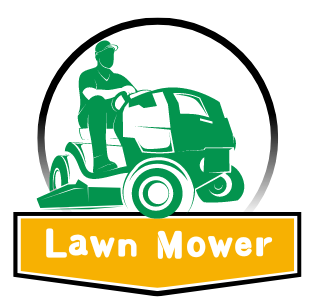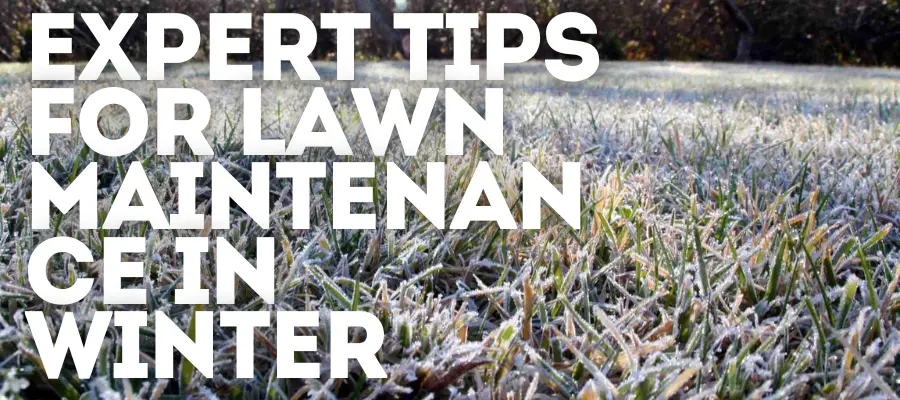When the colder months roll in, your lawn faces a whole new set of challenges. Many homeowners wonder how to keep their lawns healthy and lush even as temperatures drop.
Understanding lawn maintenance in winter is crucial to ensure your grass survives the season and thrives once spring arrives. One of the key steps in protecting your lawn is choosing the best winter fertilizer for lawn care, as it helps provide essential nutrients during this dormant period.
In this article, we’ll explore the importance of winter lawn care, common issues to be aware of, and the steps you can take to protect your lawn during these colder months. By prioritizing lawn health now, you set the stage for a vibrant, resilient lawn that will bounce back with vigor in the spring.
Lawn Maintenance in Winter
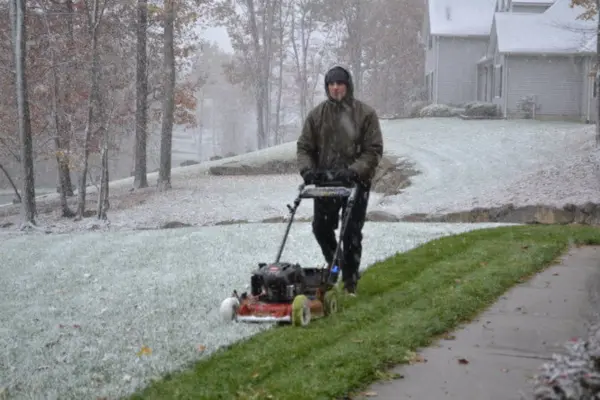
As winter approaches, your lawn faces various stressors that can affect its health. Understanding how these factors impact your lawn will help you provide the best care possible.
Why Winter Lawn Care Matters
Taking care of your lawn during winter not only preserves its health but also sets the stage for robust growth in the warmer months. Neglecting winter lawn maintenance can lead to weakened grass, increased susceptibility to diseases, and more work when spring arrives.
The Role of Seasonal Changes in Lawn Health
Winter brings changes in temperature, sunlight, and moisture that can stress your lawn. Understanding these seasonal shifts helps you adjust your lawn care practices accordingly, ensuring that your lawn stays as healthy as possible.
Do’s and Don’ts of Winter Lawn Care
To maintain a healthy lawn in winter, follow these do’s and don’ts to avoid common pitfalls and promote lawn health.
Do: Keep Your Lawn Clean

Leaves and debris can smother your lawn, creating an environment for mold and pests. Regularly remove fallen leaves and other debris to keep your grass healthy and free from disease.
Don’t: Overstress Your Lawn
Avoid unnecessary foot traffic on your lawn during winter, especially when it’s frosty. Walking on frozen grass can damage the blades and compact the soil, leading to long-term issues.
Do: Control Weeds and Pests
Winter is an excellent time to tackle weed problems. Hand-pull weeds where possible or apply an appropriate herbicide to keep them under control. Keeping weeds in check prevents them from competing with your grass for nutrients.
Don’t: Mow Too Low

Resist the urge to mow your lawn too short in winter. Keeping the grass slightly taller helps it absorb more sunlight and retain moisture, aiding its survival through the cold months.
Fertilization and Nutrient Management
Proper fertilization is a cornerstone of winter lawn maintenance. It provides the essential nutrients your lawn needs to stay healthy during dormancy.
Choosing the Right Fertilizer
Opt for a winter-specific fertilizer with a focus on iron and potassium. These nutrients support root development and improve grass color, helping your lawn stay vibrant even in colder temperatures.
Using Products Like ColourGuard Plus
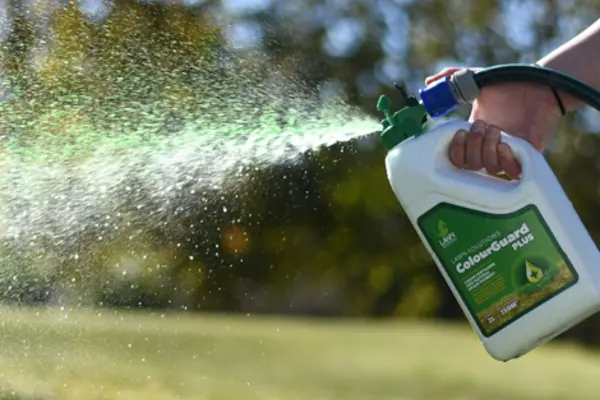
Consider applying ColourGuard Plus, a natural pigment and liquid fertilizer that enhances your lawn’s green color and strengthens it against winter stress. It’s suitable for both small lawns and large commercial areas and can last up to three months.
Moisture Management and Irrigation
Managing moisture effectively is vital during winter. Too much or too little water can harm your lawn, so find the right balance.
Watering Guidelines for Winter Lawns
Water your lawn sparingly during winter, as grass requires less moisture when dormant. If conditions are dry, water lightly in the morning to ensure the soil absorbs moisture before temperatures drop.
Improving Drainage and Soil Health
If your lawn suffers from poor drainage, aerate compacted areas to enhance water absorption. This will prevent water from pooling and causing root rot or disease.
Winter Lawn Problems and Solutions
Winter can bring specific problems that require targeted solutions. Being proactive can prevent minor issues from becoming major headaches.
Common Winter Lawn Diseases
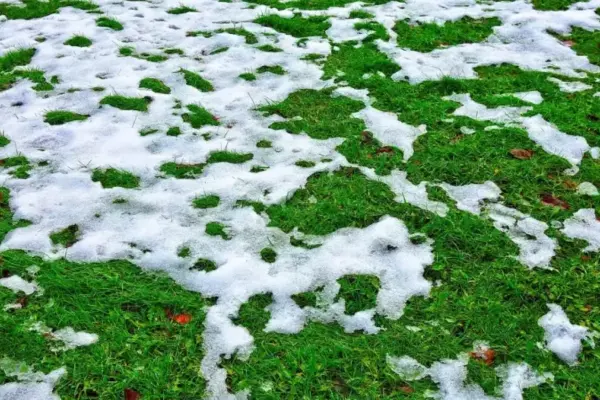
Snow Mold: This fungal disease thrives under snow cover, leaving behind circular patches of matted grass. Rake affected areas gently to promote drying and apply fungicide if necessary.
Fungal Infections: Maintain good lawn hygiene and avoid overwatering to reduce the risk of fungal diseases. Properly dispose of infected debris to prevent spread.
Dealing with Lawn Damage
Address frost damage by lightly raking the affected areas and avoiding mowing until the grass shows signs of recovery. If soil compaction is an issue, consider aerating to improve air circulation and root health.
The Role of Patience in Winter Lawn Care
Patience is essential when it comes to winter lawn maintenance. While immediate results might be tempting, the long-term health of your lawn depends on careful and patient care.
Understanding the Natural Cycle
Recognize that your lawn’s growth slows down in winter, and avoid aggressive interventions like dethatching or top dressing. These tasks are best reserved for spring when your grass is actively growing.
Planning for Spring Lawn Care
Use winter as a planning period for your spring lawn care regimen. Prepare to start dethatching, top dressing, and fertilizing as temperatures rise and your lawn emerges from dormancy.
Winter Lawn Care Timeline
Here’s a suggested timeline for winter lawn care activities:
| Month | Activity | Details |
|---|---|---|
| November | Final Mowing & Aeration | Mow slightly shorter than usual and aerate to reduce compaction. |
| December | Debris Removal & Weed Control | Clear leaves and debris regularly. Spot-treat weeds as needed. |
| January | Fertilization & Soil Amendment | Apply a winter-specific fertilizer and add compost to improve soil quality. |
| February | Monitor Pests & Disease | Keep an eye out for signs of pests or diseases, treat promptly with natural or chemical controls. |
| March | Light Raking & First Mow (if needed) | Lightly rake the lawn to remove any dead grass and prepare for the first mow of spring. |
Lawn Maintenance in Different Climates
Mild Winter Climates
In regions with milder winters, such as parts of California and the Southern U.S., your lawn may not go fully dormant. Adjust mowing schedules and continue light watering.
Cold Winter Climates
In colder areas, focus on protecting your lawn from heavy snowfall and ice. Keep pathways clear and ensure drainage systems are working efficiently.
Conclusion
Winter lawn care may seem daunting, but with the right approach, you can keep your grass healthy and ready for spring. It’s all about understanding your lawn’s needs, the challenges winter presents, and how best to meet those needs.
By implementing these strategies and maintaining a watchful eye, you’ll set your lawn up for success, ensuring it bounces back stronger and greener when the first signs of spring appear.
